Blog
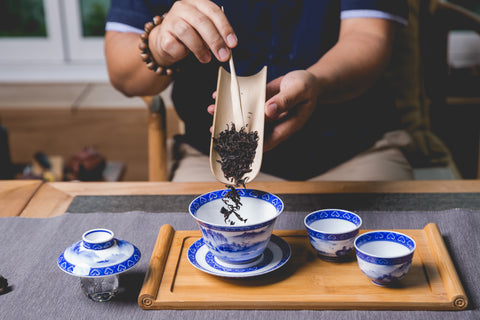
As your love for tea evolves, you slowly start to realize that drinking tea is much more than something you do out of habit in the morning or a refreshment for house guests. Rather, you realize that tea has the ability to create a cathartic experience that brings flavours, cultures and experiences together. That’s why many people and cultures consider tea as an art form. As a result, people in different parts of the world have developed their own rituals around tea. These rituals are often meant to appreciate tea, add value to shared family time or simply to achieve mindfulness. Whether it is the traditional flavours from Sri Lanka, India, China, and Japan or the sweeter European-style blends, there’s a way to celebrate it. So, we thought of sharing some rituals and traditions associated with tea around the world.
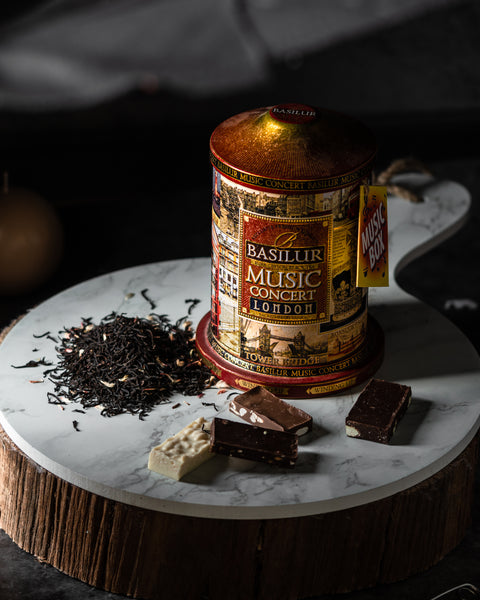
As we are navigating through an unprecedented time, we could all find some solace and comfort in simple delights in lifelike music and tea. Tea and music have a lot more in common than you think. For one, they are a great medium to enjoy different cultures. Also In addition, tea and music together can create a perfect and unique atmosphere to relax and ponder on your feelings, either alone or with your loved ones.
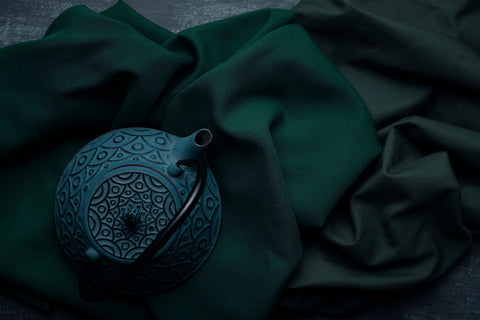
What is Sencha Tea? When we think of green tea, we just think of simple plain, green tea!. However, a lot of people don’t know that there are different kinds of green tea. Some of these types include matcha, gunpowder, and sencha, which you may already know about. What makes these green teas different from each other is the growth of the plant, tea production and processing. Now, instead of going into each type of tea, we’re going to discuss the one that gets the most talk. Sencha green tea is a very common tea and it is the most popular green tea in Japan. Here is the Basilur’s Tea Master's Guide about why that is as well as its origins and how they make it.
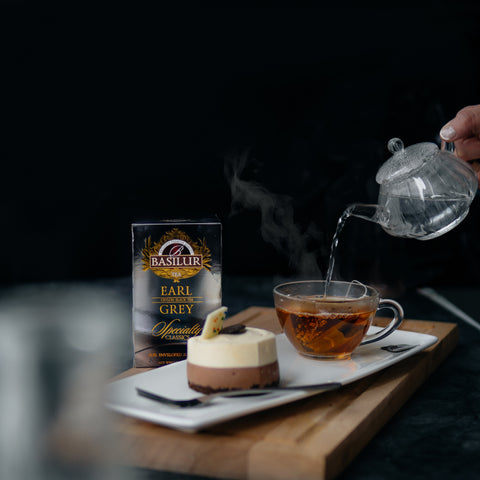
The four types of tea (white, oolong, green, and black tea) are all made from the Camellia Sinensis plant, but their flavours are quite different from each other. This is because they are processed differently in order to achieve various levels of oxidation. Black tea is more oxidized than the other three types, for this reason, its flavour stays for several years, while green tea may lose its flavour within a year or a couple. Ceylon (Sri Lanka) is best known for its strong and flavourful black tea!
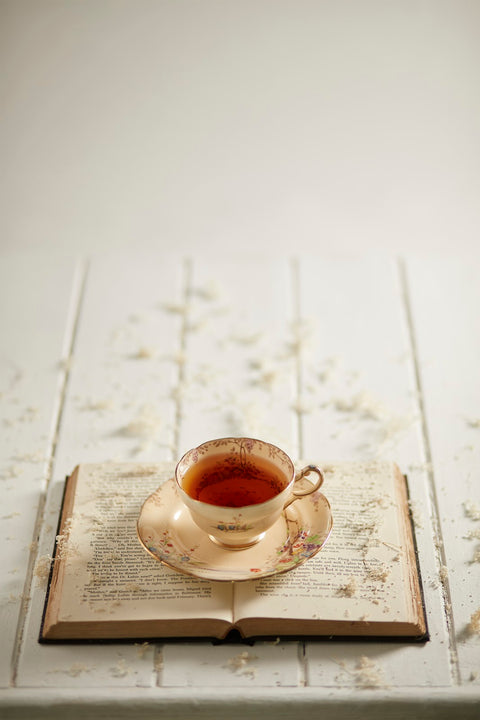
In order to bring you the most high-quality tea experience at Basilur, we focus on even the most subtle differences in the colour, aroma and the flavour of our teas. After tasting thousands of batches of tea from different regions and seasons, our tea connoisseurs have been able to pinpoint the exact patterns of changes in flavour, colour and aroma in our teas.
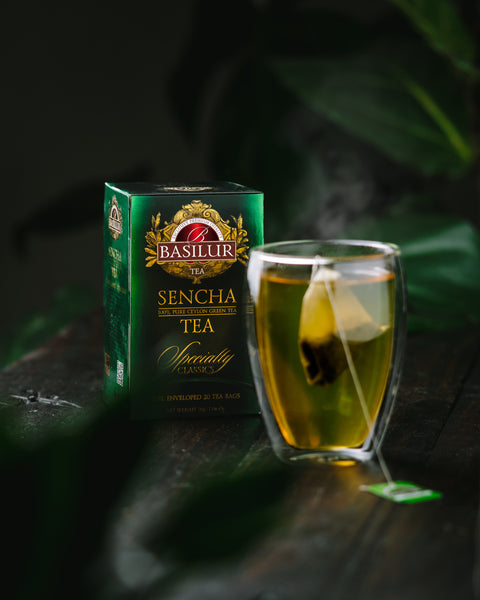
Although green tea has gained much of its popularity in the recent past, its use has been dated as far as 5,000 years as it has been used in Japan and China for many years due to its health benefits. Your green tea, much like any other cup of tea, comes from the Camellia Sinensis plant. What gives green tea its unique colour and flavour is that it is made from minimally processed and unfermented tea leaves. Additionally, green tea is generally made from tea grown in higher altitudes and is plucked by hand to ensure only the youngest leaves are harvested. Furthermore, the type of green tea could vary based on how it’s processed. Sencha and Matcha are two common types of green tea.
